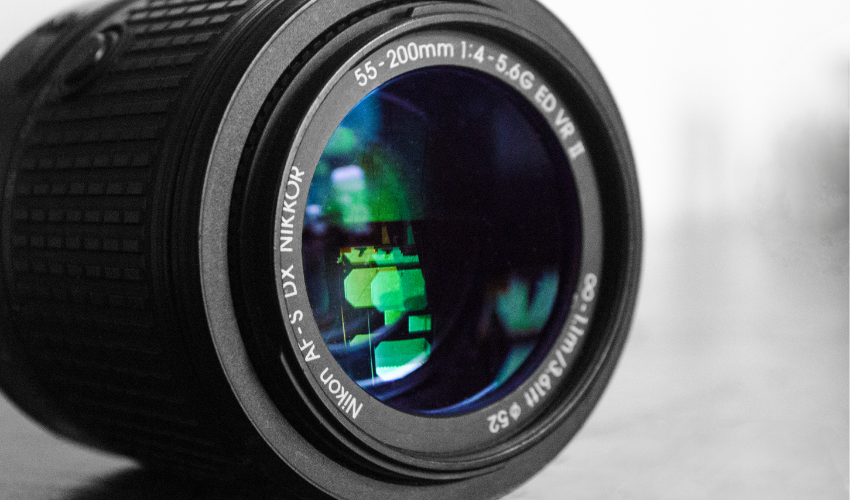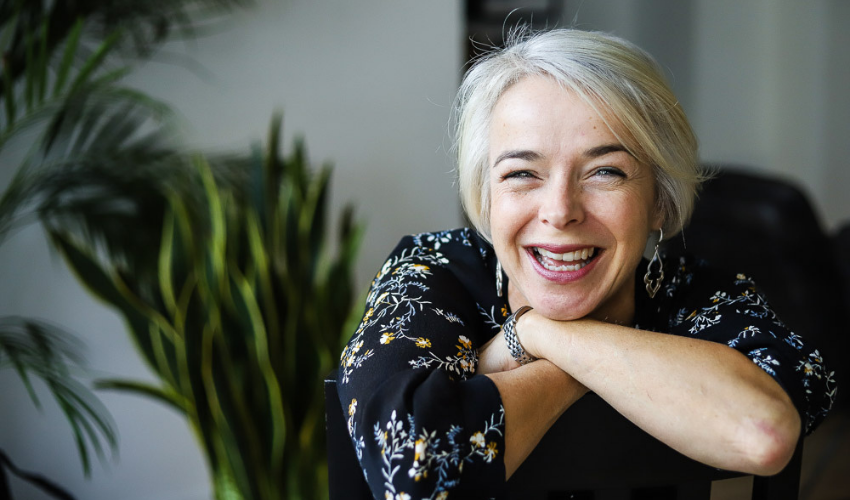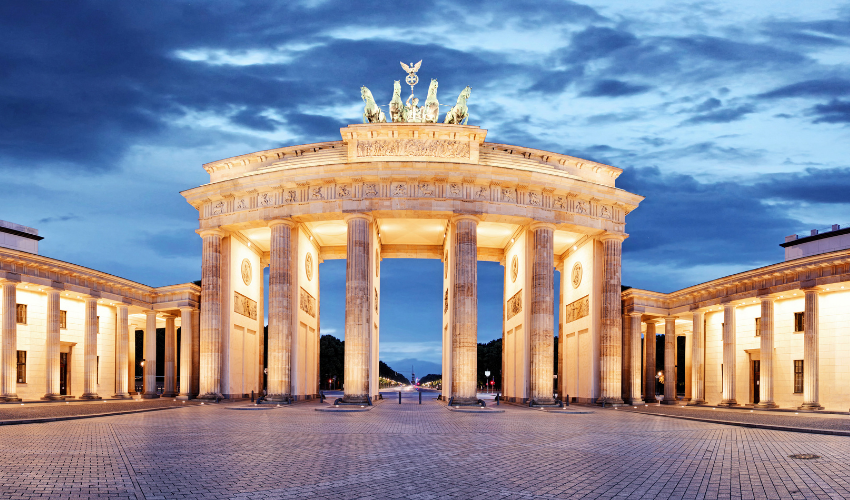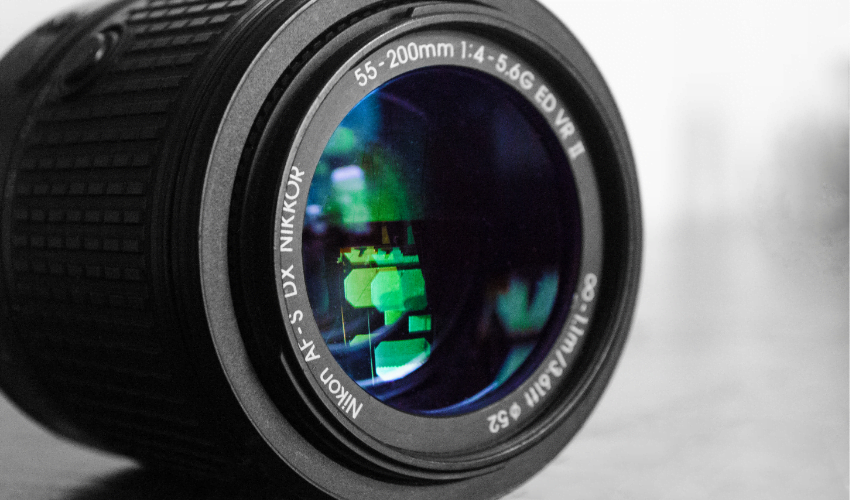Understanding Aperture
Aperture is defined as “a hole or an opening through which light travels”. Understanding aperture is key in helping you take better photographs and in understanding the exposure triangle. Understanding aperture will also help you get that fabulous blurry background that many photographers strive for, or that crisp, clear landscape shot you may be looking for.
If you think about your camera in terms of an eye, the aperture is like the pupil. Aperture is the hole in which light enters the camera. The lens will determine the aperture range you can shoot, not your camera. Remember not every lens has the same capabilities.

Aperture & Fstop
Aperture and Fstop are essentially the same things. You may hear someone say, “what was your aperture?” or “what was your Fstop?”. They are asking the same question. As I mentioned, your camera lens determines the aperture that you can achieve, which is also known as f-stop, and you will see numbers written on your lens such as “f1.2” or f “4-5.5. This is the aperture range of your lens.

The lower the number, the bigger the hole, the more light that comes in, resulting in only a small portion of your photo being in focus. This helps you achieve those pictures with a blurry background. Shooting a larger aperture—F1.8–2.5 means more light will come into the camera, and there will be less focus in your photo.
The higher the number the smaller the hole, the less light that comes in, resulting in a larger portion of your photog being in focus. This helps you achieve a photo where the whole image is crisp and clear. Shooting a lower aperture-F16-22 means less light will come in and more focus. Lower apertures are great for landscape shots.
This is often confusing to photographers just starting out in manual. You just want to keep in mind that the smaller the number, the bigger the hole, and the larger the number, the smaller the hole. It’s backwards to what makes sense and this is what trips many beginners up.
What aperture to use when?
I say it all of the time to my students…I truly believe that aperture is where photographic magic happens. It adds dimension and light to your photograph, and I feel it also helps take a snapshot to a more professional looking photo.
So, when do I use what aperture you may ask? I tend to set my aperture based on what I am shooting. If I am shooting one subject, such as below, and want that beautiful, buttery blur behind the subject, I will shoot wide open, meaning an f1.8‑f2.5. I focus on the subject that I want to be clear and in focus, I make sure there is a bit of distance between my subject and the background, and the lens creates that soft buttery background.

I shoot at a more narrow aperture when I shoot landscapes and want everything to be crisp and clear. Or if I am on vacation and I want every detail of a building or monument to be in focus, like in the shot below. A narrow aperture is perfect for photographing a larger group of people.

I hope that this helps clarify aperture a bit and that I’ve helped you understand things a bit more clearly. Now I want you to grab that camera, find a subject, and work on creating your own amazing backgrounds. Shoot wide open to get that blur and narrow down to get more clarity in your photo. And if you want to learn even more about the exposure triangle, make sure to check out The Beginners Photography Essentials Course.




